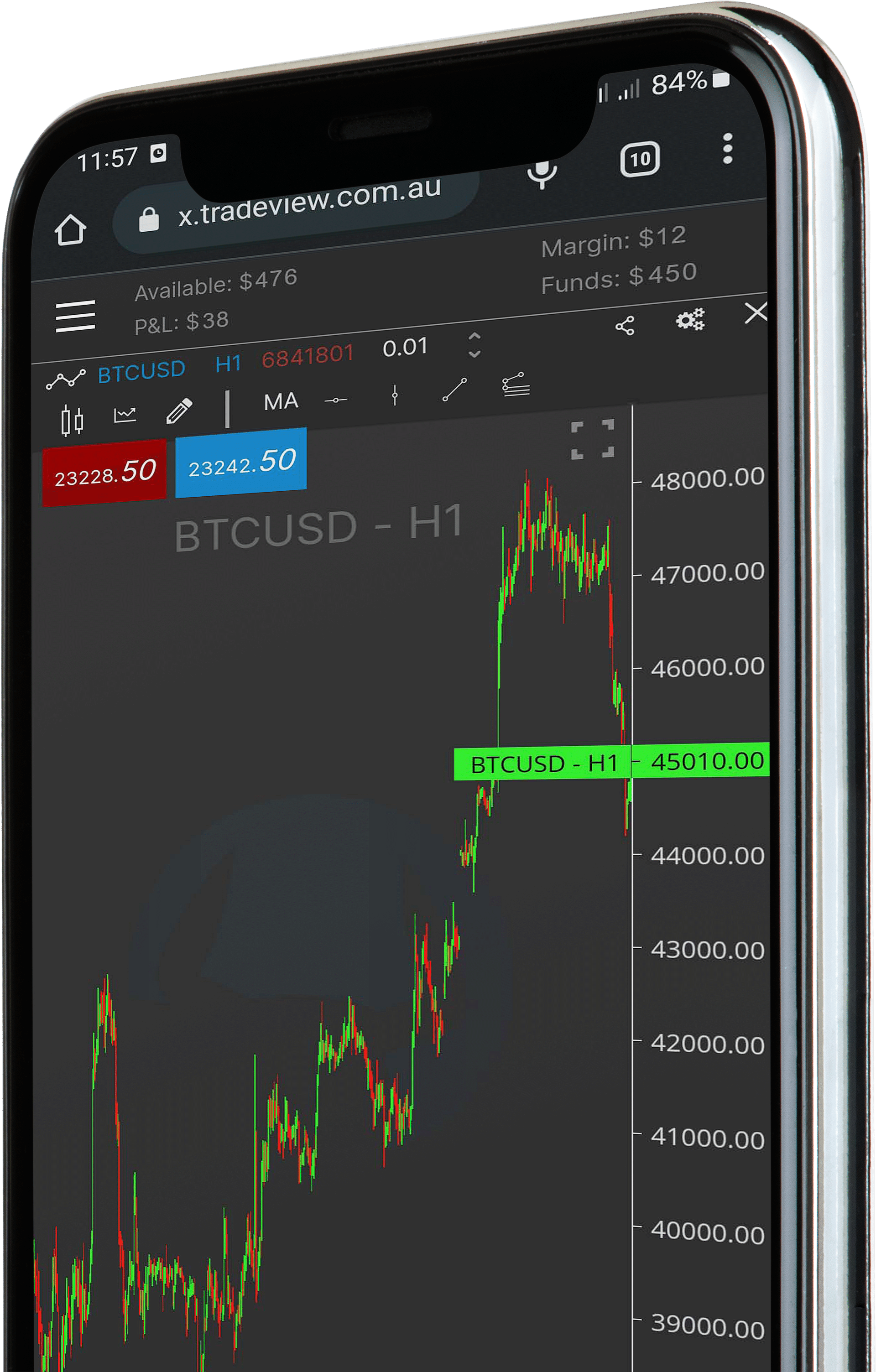Welcome to Episode 69 of Trading Talk.
If you’re a trader, you’ve probably heard of support and resistance levels. They are key concepts in technical analysis that can help traders make more informed decisions about when to enter and exit trades. But how can you use support and resistance levels in your trading strategies? And what are the benefits of automating your trading based on these levels? We’ll explore these questions and more in this post.

Support and resistance levels are areas on a chart where the price has historically had difficulty breaking through. Support levels are areas where the price has tended to bounce off of, while resistance levels are areas where the price has tended to pull back from. By identifying these levels, traders can anticipate how the market might behave and adjust their trading strategies accordingly.
There are several trading strategies that use support and resistance levels. Some traders use these levels to identify entry and exit points for their trades, while others use them to set stop loss and take profit levels. We’ll discuss some of these strategies in more detail and explain how they work.
One of the main benefits of automating your trading based on support and resistance levels is that it can save you time and reduce the risk of human error. With automation, you can set up rules for when to enter and exit trades based on support and resistance levels, and let the computer do the work for you. This can be especially helpful for traders who are busy with other tasks and don’t have time to monitor the markets all day.
In addition to saving time and reducing the risk of human error, automation can also help traders be more consistent in their trading. By using the same rules for entering and exiting trades, traders can avoid making impulsive decisions based on emotions or market noise. This can lead to more profitable trades over the long term.
To illustrate the concept of support and resistance levels, we’ve included a picture of a chart with several levels marked. You can see how the price has bounced off of the support level several times and how it has pulled back from the resistance level. By identifying these levels and using them in your trading strategies, you can make more informed decisions and potentially improve your profitability

In conclusion, support and resistance levels are important concepts in technical analysis that can help traders make more informed decisions. By using these levels in your trading strategies and automating your trading based on them, you can save time, reduce the risk of human error, and potentially improve your profitability. So, if you’re interested in support and resistance levels trading strategies, be sure to consider the benefits of automation.
In this episode, we show you to make improvements on the model we built last week. To enhance this, we added a proprietary indicator we use on our trading desk.
We hope you enjoy the video. To see what other topics we have covered, check out our YouTube channel for previous episodes of Trading Talk.
If you would like to learn more about creating automated trading strategies check out the Trading Talk series which has a new episode each week with different topics and concepts on popular automated trading strategies.
Why wait? Get started today. Sign up for an account today with our partner broker www.tradeview.tech and start creating your own automation.




